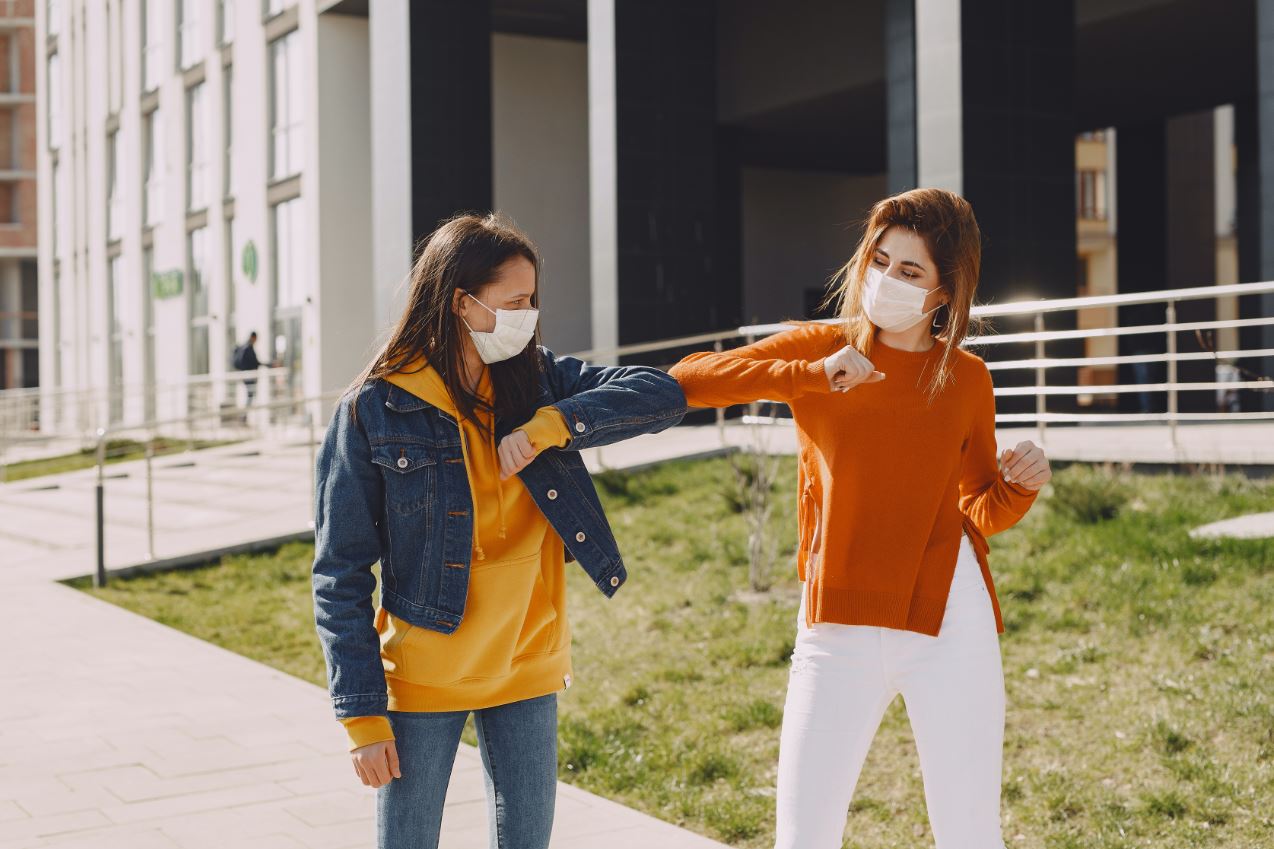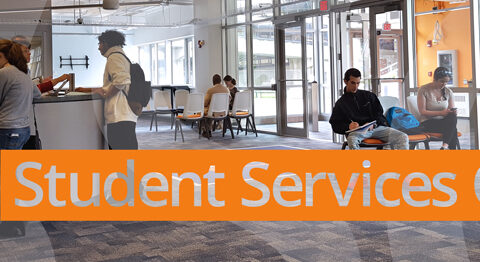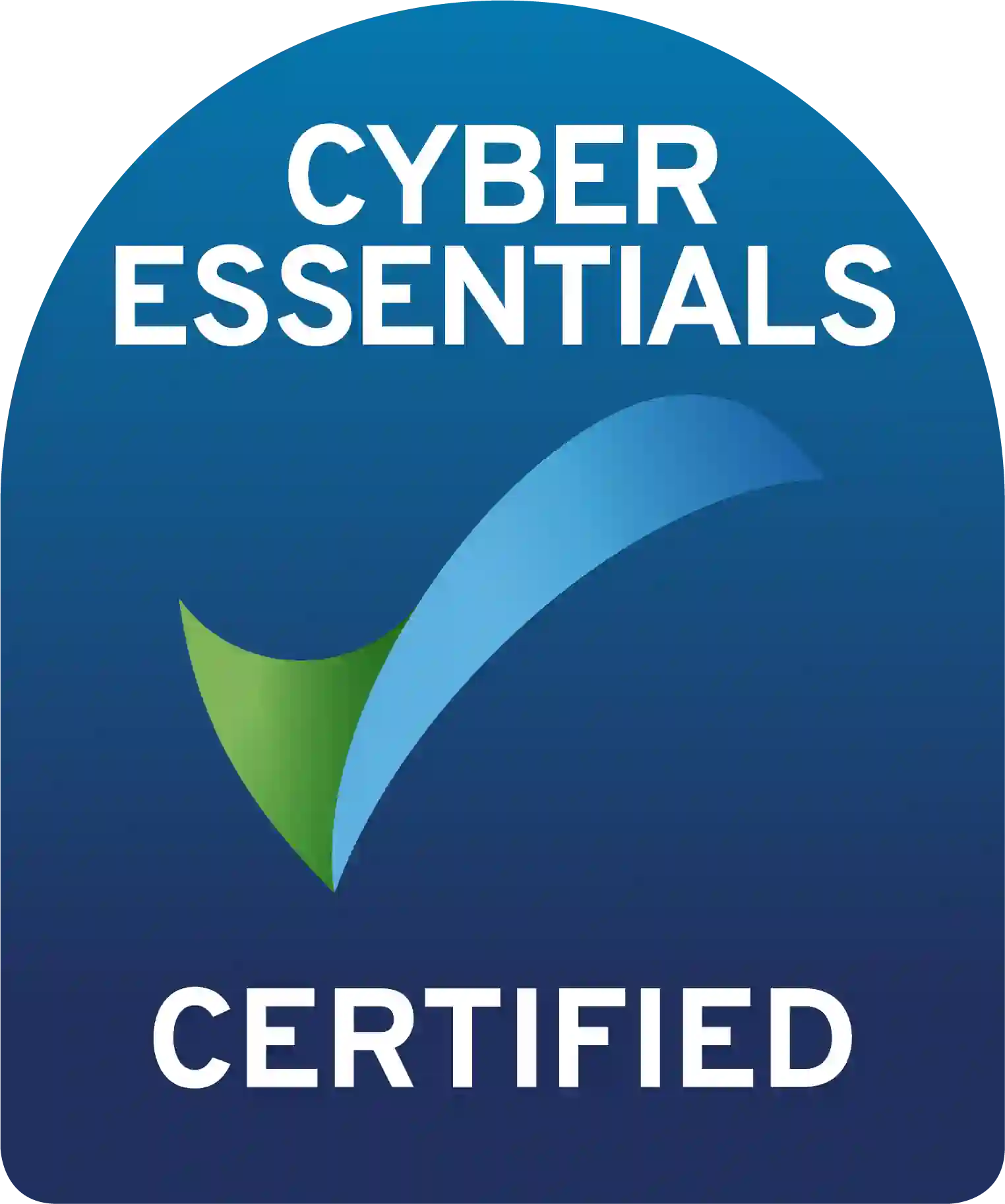Social Distance on Campus using Hague QMS

Students must social distance on campus when TAFE’s & Universities start to open. This is easier said than done however, we want to share a few tips on how Hague QMS can help.
It’s almost that time of year again when TAFE and University students head back to campuses across the country. This year, though, the movement of students will look quite different. With the COVID-19 pandemic still underway, many universities are focusing on virtual or hybrid classroom environments. Although many campuses will remain emptier than usual, that doesn’t mean there won’t be crowds, especially in high-traffic areas such as admissions offices and classrooms. Below, we’ve outlined solutions to help Tafes & Universities open safely, with physical distancing measures in place.
Go Virtual
Obviously, the easiest way to facilitate physical distancing on campus is to keep them physically off-campus. But for campuses looking to reopen, this solution isn’t the simplest. That’s why we encourage virtual options where possible; options such as Hague QMS. Perhaps classes will be running in person, but do services have to?
The beginning of the year is a busy time for admissions offices and student services, with new students coming in with questions and older students looking for advice on which classes to take. These crowded waiting rooms can be dangerous during the pandemic. Moving student services online can help to reduce capacity while maintaining, or even improving, the level of service. Virtual video or phone call queues offer social distancing solutions for education. students looking for help can dial into the app and join the queue to get an appointment. They can then hang up and the app will update them on wait times. When it’s their turn, they receive a notification and can dial in again, immediately getting the opportunity to speak to an advisor.
This can reduce the number of people on campus, as advisors can continue working remotely, even as students return to campus.
Reduce Capacity
Another very straightforward option for maintaining physical distancing standards on campus is to reduce the capacity of people in populated areas. For example, first-year classrooms can frequently have hundreds of students enrolled. By ensuring that the number of students is reduced, and perhaps offering the option to take the class online, there will be more space for students to stay apart.
For other spaces, just as cafeterias or libraries, colleges can employ queue management software to reduce capacity. When the maximum capacity has been reached, students can join lineups for these places from their personal devices. They’ll receive updates via text about their place in line and approximate wait times. Then, once it’s their turn, they can enter the space. These queue management apps allow students to wait at safe distances for their turn, instead of in a crowded line. They also let the college manage the number of students in space at a time. These social distancing education tools could even be used for contact tracing purposes, in case a student comes down with the virus.
We aren’t here to make the decision on whether or not it’s safe to reopen colleges and universities. We’re here to help you do it safely and efficiently, maintaining physical distancing no matter what you choose. Technology options, such as queue management software, can help to provide a safer experience for students and staff while improving student satisfaction.
If you want to know more about Hague QMS and how it can help improve the customer experience, email us at contact@hagueaustralia.com.au















